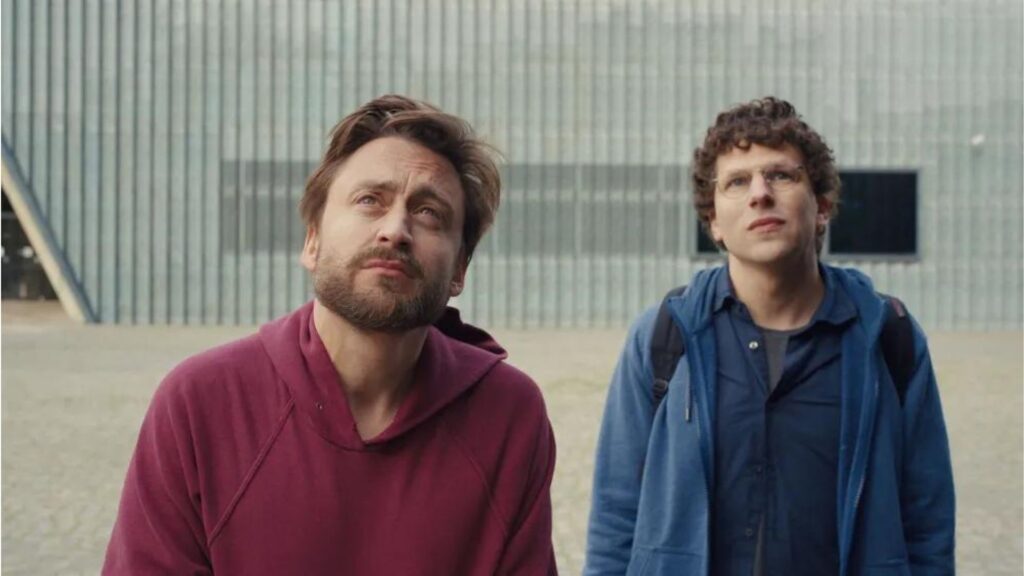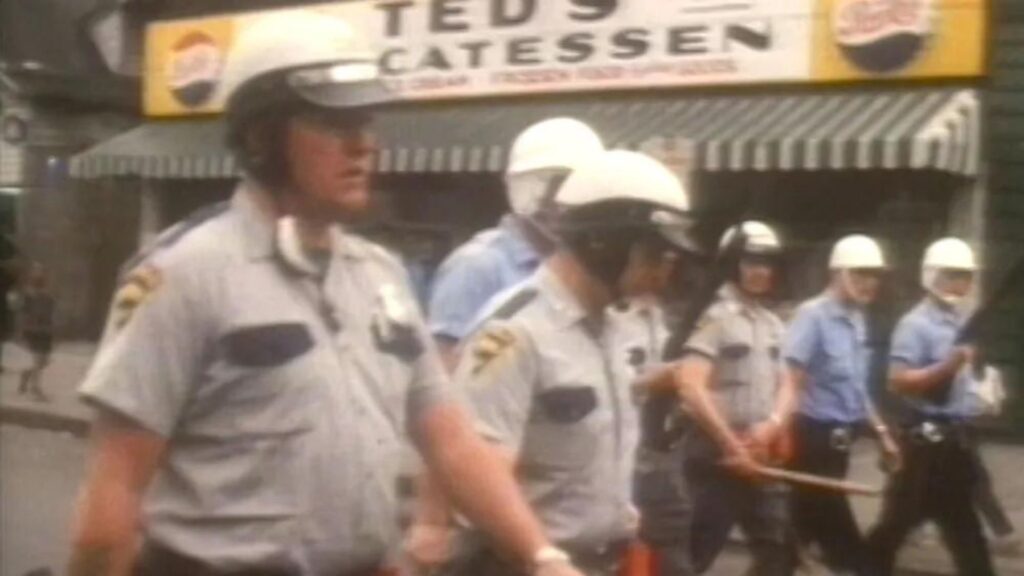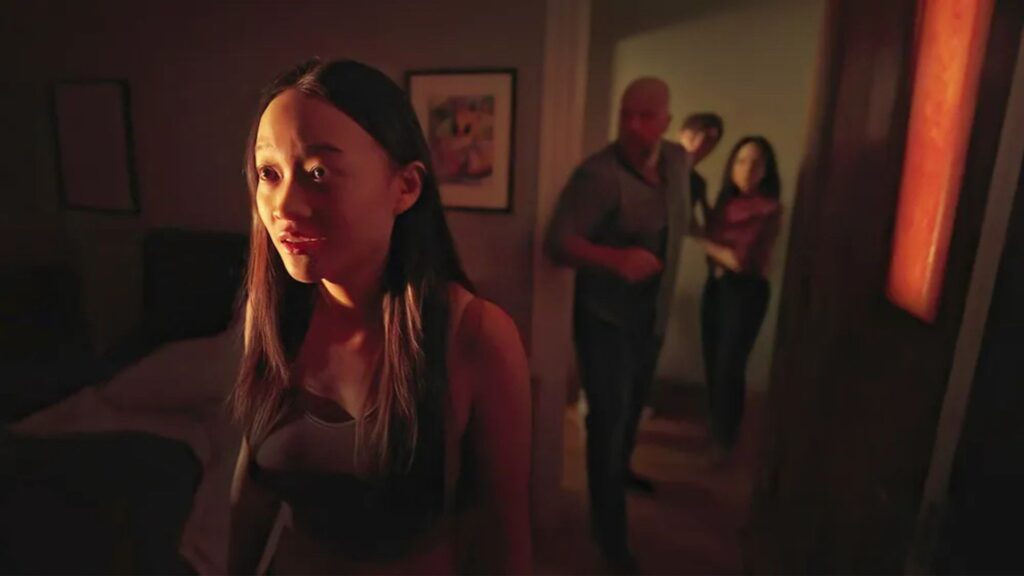Looking at the 2024 Sundance Film Festival program, there are quite a few films that grab our attention. But why? Is it the feature image? Is it the filmmaker or actors involved? Most of the time, the premise promises to deliver a film we have never seen before, which drives us a little stir-crazy to know more. Let’s break down the three screenwriting lessons from the most anticipated Sundance films.
The Power of Loglines at Sundance
For the highly anticipated Sundance films, you typically know nothing about a feature or short unless you know the project’s creators, look at the stills, or read the logline. Loglines are one of the most important tools a screenwriter has to capture the audience’s attention and sell that your story is worth two hours of their day.
With 17,000 films trying to find a spot in the 2024 program, a strong logline will help the film stand out and nab a slot at the famed film fest. Crafting a sharp logline that is concise about the core conflict, protagonist, stakes, and genre will pull readers, audiences, and critics toward the story.
Jesse Eisenberg’s logline for the highly anticipated A Real Pain reads: “Mismatched cousins David and Benji reunite for a tour through Poland to honor their beloved grandmother. The adventure takes a turn when the pair’s old tensions resurface against the backdrop of their family history.” We know the main characters, the location, and the circumstances of the event which lead to the overall conflict. It is precise without giving any major plot points away.
Crafting a strong logline is an art. When creating your logline, run a few options by a friend or read them aloud to see which perfectly captures your attention and the story.
Read More: 22 Loglines From This Year’s Sundance Films (And Why They Got Festival Attention)

‘A Real Pain’
Personal Moments With a Bigger Meaning
The best stories are the ones that are born out of a personal experience or feeling toward an event. It can be cathartic to write out these strange moments in your life into a fantastical version that can be manipulated in any way you want. Whether it is revisionist history of your own life or exploring a small feeling that has been slowly gnawing away at you for years, indie films give us that freedom to explore.
In the genre world, Jane Schoenbrun is refocusing on the power of media consumption with their second feature, I Saw the TV Glow. As two friends become obsessed with a mysterious late-night TV show, their grasp on reality slips. Despite loving TV as a kid, Schoenberg revealed that as they “got older, and as a queer person, the more I clung to television, the more it became to the detriment of any kind of real life.” There is a balance of consumption that tetters on discovery and dissociation, which can lead to the horrors that unfold in the film.
On the other end of the spectrum, Yance Ford’s documentary Power grew out of a question the filmmaker asked himself in the summer of 2021: “What does policing mean to me? What does it mean to you?” While Ford’s previous film was a tough personal project about the murder of his brother, Power looks at the growing concern about the power of policing in the U.S. and its effects on everyday Americans.
Each of the stories debuting at Sundance has a personal connection to them, allowing the audience to find how they relate to the human stories on the silver screen.
Read More: How to Approach Passion Projects & Personal Screenplays: Advice From a BAFTA Nominated Producer

‘Power’
Limitations Can Be Your Best Friend
For screenwriters, limitations always exist. Whether intentional or not, embrace limitations by finding new, creative ways to make the space engaging. Not only will this help screenwriters sharpen their storytelling skills, but it can help prioritize what is essential to the story.
Steven Soderbergh, the master of indies, is a writer who loves to establish limitations that we can often feel on screen. His new film Presence reunites the director with Kimi’s screenwriter David Koepp to create a one-location genre experiment. This time, the film focuses on a haunted house from the perspective of a ghost. “Everything is revealed through the glimpses of this family that this presence sees,” Soderbergh told Variety. “And the whole ghost genre element is a Trojan horse to show a group of people in danger of falling apart.”
Focus can lead to clarity. This can create a more impactful narrative with less fluff. Establishing and knowing the limitations can be challenging, but successfully overcoming that challenge can make a screenwriter stand out.

‘Presence’
—
Sundance films can teach us a lot about how screenwriters need to adapt or buck against the blockbuster machine in Hollywood. Whether experimenting in a micro niche genre or creating an artful examination of a character stuck in one space, these three lessons from anticipated Sundance films can strengthen your writing skills and help you craft a feature story that everyone is trying to nab tickets for.
Read More: Screenwriting Wisdom From 2017’s Top Sundance Screenwriters
CHECK OUT OUR PREPARATION NOTES SO YOU START YOUR STORY OFF ON THE RIGHT TRACK!
The post 3 Lessons From the Most Anticipated Sundance Films appeared first on ScreenCraft.
Go to Source
Author: Alyssa Miller

